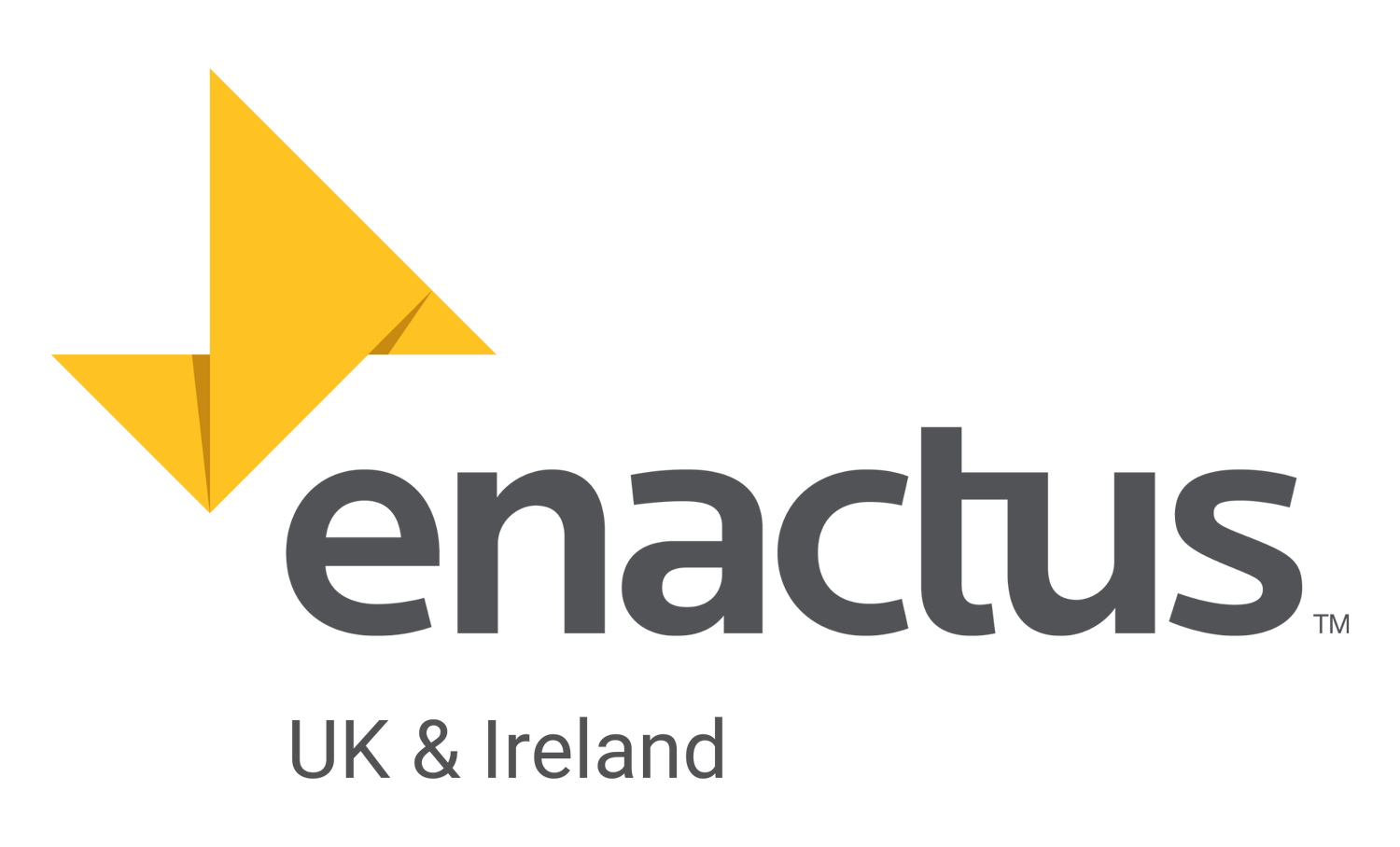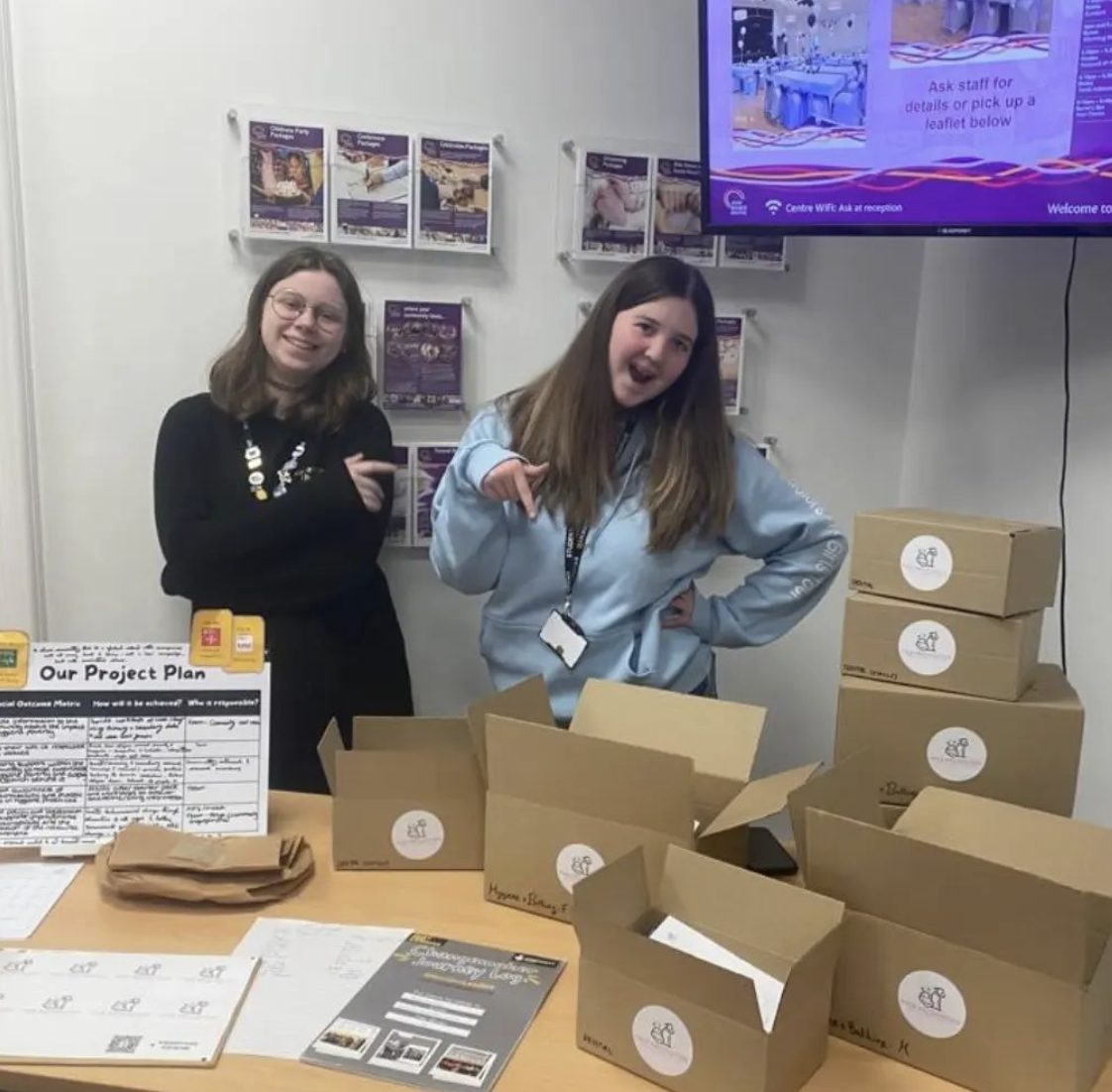
Recruiting for Your Team
Building a strong and diverse team is essential for the success of any Enactus UK and Ireland project.
A passionate, collaborative team can turn ideas into impactful actions, drive innovation, and ensure your projects have a lasting positive effect.
Whether you're just starting your team or looking to grow it further, continuallly recruiting the right students for your team will help you build a high-performing team committed to making a difference.
Visit our recruitment resources page to find everything you need to build your team!
This resource covers…
The Power of a Diverse Team
Recruitment Strategies
Fostering Teamwork and Collaboration
Creating a Shared Vision and Goals
The Power of a Diverse Team...
Team diversity is a powerful asset for any Enactus UK and Ireland project. A team made up of individuals with different backgrounds, skills, and perspectives brings unique ideas to the table and enhances problem-solving. When team members come from various disciplines, cultures, and life experiences, they contribute to richer discussions, more creative solutions, and a broader understanding of the communities your projects aim to impact.
Diversity isn’t just about ticking boxes—it's about creating a balanced team that reflects the real-world complexities of the social issues Enactus teams address. A diverse team enables you to approach challenges from multiple angles, increasing the likelihood of finding innovative, sustainable solutions. It also helps build a more inclusive and empathetic environment, where everyone feels their voice is valued and their contributions matter.
Recruitment Strategies
Recruiting the right members for your Enactus UK and Ireland team is crucial for building a high-performing, passionate, and diverse group that drives your projects forward. Effective recruitment goes beyond filling roles—it’s about finding individuals who are not only skilled but also committed to your team’s vision and values. By targeting a wide range of students, clearly communicating the benefits of joining, and creating a seamless recruitment process, you can attract team members who bring fresh perspectives, diverse talents, and a genuine passion for making an impact.
Targeting the Right People:
-
Don’t limit recruitment to just one faculty or department. Reach out to students in different disciplines such as business, engineering, marketing, social sciences, and more. Diverse academic backgrounds bring complementary skill sets to the team, enabling innovative and multidisciplinary solutions to social problems.
-
Seek individuals who are passionate about social entrepreneurship and are committed to creating positive change. While technical skills are important, the ideal team member should also share the values of Enactus and have a genuine desire to contribute to the team’s mission.
-
Engage with a wide range of student societies and organizations that represent various interests, cultures, and talents. This approach will help you find students who can offer unique perspectives, enriching the team's dynamic.
Effective Messaging:
-
When recruiting, clearly communicate the personal and professional benefits of joining an Enactus team. Emphasise the opportunities for leadership, skill development, hands-on project experience, and networking with industry professionals. Make it clear that being part of Enactus means more than just volunteering—it’s about creating real-world impact while gaining valuable experience.
-
Share examples of past projects and the real-world impact your team has made. Success stories can inspire prospective members by showing how their contributions can lead to tangible outcomes. Testimonials from current or former members can also be a powerful recruitment tool.
-
Use a mix of digital and physical promotional materials, such as posters, social media posts, and informational videos, to capture attention. Ensure your message reflects the core values of Enactus—innovation, social impact, and collaboration.
Campus Engagement:
-
Organise informational sessions, webinars, or networking events where prospective members can learn more about Enactus, ask questions, and meet current team members. These events can showcase your team’s culture and create excitement about joining.
-
Set up booths at careers fairs, volunteering events, or campus open days to engage with students who are seeking opportunities to get involved. These face-to-face interactions can spark genuine interest and allow for immediate follow-ups.
Fostering Teamwork and Collaboration
Creating a culture of teamwork and collaboration is essential for any Enactus team. A strong team dynamic where members trust, communicate, and collaborate effectively can significantly impact your project’s success. Fostering teamwork goes beyond assigning tasks—it involves building an environment where every member feels empowered to contribute, share ideas, and work together toward common goals. This section will explore strategies to encourage a collaborative team culture and ensure everyone is working in harmony to achieve a shared vision.
Promote open Communication:
-
Open, honest communication is the foundation of effective teamwork. Create regular opportunities for team members to share their ideas, concerns, and feedback. Establishing transparent communication early on fosters trust and ensures everyone stays aligned with the project goals.
-
Utilize digital collaboration tools, such as Microsoft Teams, or Notion, to streamline communication and keep everyone updated. These tools help manage tasks, track progress, and ensure that everyone has access to key information, making it easier for the team to stay connected.
-
Schedule regular meetings to provide status updates, discuss challenges, and celebrate progress. These check-ins ensure that no one feels left out and that issues are addressed before they become bigger problems.
Assign Roles Based on Strengths:
-
To ensure maximum productivity and engagement, assign roles and tasks that align with each team member’s strengths, skills, and interests. Knowing where individuals excel helps build confidence and ensures that tasks are completed efficiently.
-
Promote collaboration between team members with different skill sets. For example, marketing, project management, and technical roles should work closely together to ensure that every project aspect benefits from diverse expertise.
-
Allow team members to explore different roles or areas of interest. This flexibility can encourage personal growth and increase team engagement, as individuals feel they are growing both professionally and personally within the team
Team-Building Activities:
-
Organize team-building exercises to strengthen relationships, build trust, and improve communication. These activities don’t always need to be formal; casual events like group meals, social outings, or even virtual game nights can help team members bond on a personal level.
-
Engage your team in problem-solving exercises or creative workshops where members work together to solve fictional or real-world challenges. This not only builds their collaborative skills but also adds a sense of collective achievement.
Creating a Shared Vision and Goals
A shared vision and mission are the driving forces behind any successful Enactus UK and Ireland team. When team members are united by a common purpose, it fosters a sense of belonging, motivation, and commitment. Establishing a clear vision and mission not only gives your team direction but also keeps everyone aligned with the broader goals of your project. This section outlines the importance of building a collective vision and mission, and provides steps to ensure all team members are invested in the same outcome.
Set Shared Goals:
-
A shared mission becomes actionable through well-defined goals. Collaboratively set specific, measurable, and achievable goals that your team can work toward. Break down large projects into smaller milestones, which give your team a sense of progress and achievement along the way. These goals should be directly tied to your mission and reflect the social impact you aim to create.
-
Avoid vague or overly complex objectives that can confuse or disengage team members. Make sure every team member understands the goals and how their contributions will lead to achieving them. Clear, well-communicated goals help the team stay focused and motivated.
-
Assign clear responsibilities for each goal, ensuring that every team member knows their role in the larger plan. Holding regular check-ins and progress updates helps keep everyone on track and reinforces the shared responsibility of reaching the team’s objectives.
Celebrate Progress and Milestones:
-
Celebrating small wins is just as important as achieving the final goal. Acknowledging the progress your team makes—whether through completing a key task or reaching an important milestone—boosts morale and reinforces a sense of accomplishment. Celebrations, both big and small, help sustain motivation and remind team members of the value of their work.
-
Periodically reflect on the impact your team is making in line with your goal. Understanding how far you’ve come and the difference you’ve made reinforces the significance of your shared goals and mission. Regular reflection can reignite passion and drive within the team.
Adapt, Evolve and Stay Flexible as Your Team Grows.
As your team evolves and your projects develop, your vision and mission may need to adapt. Stay open to feedback and be willing to refine your goals to align with new challenges, opportunities, or changes in team dynamics. A flexible approach ensures that your mission remains relevant and your team stays energized.


